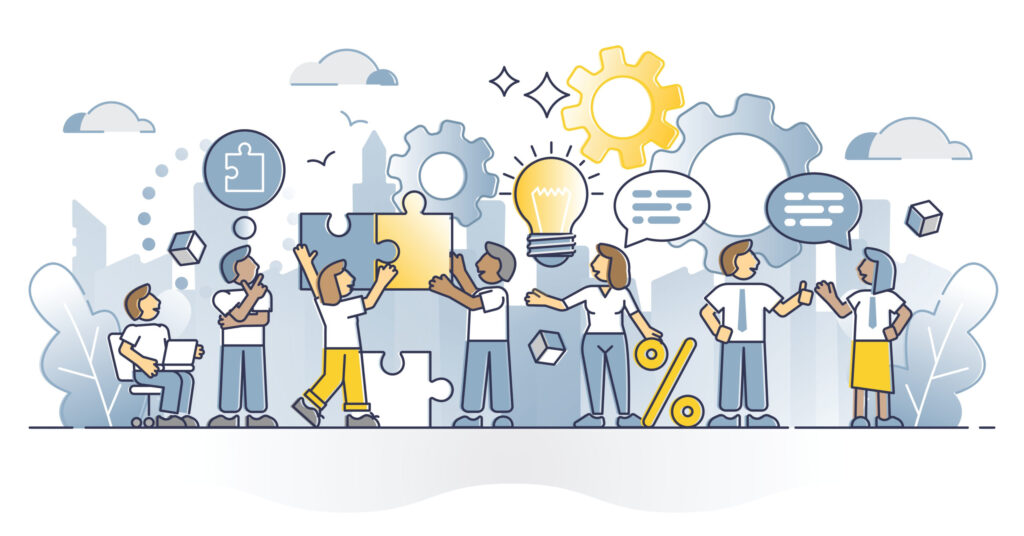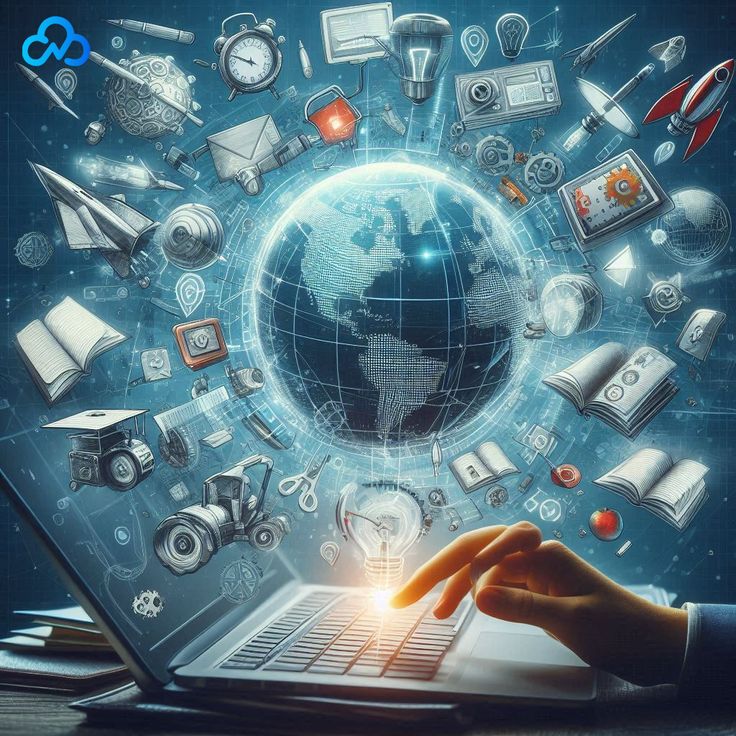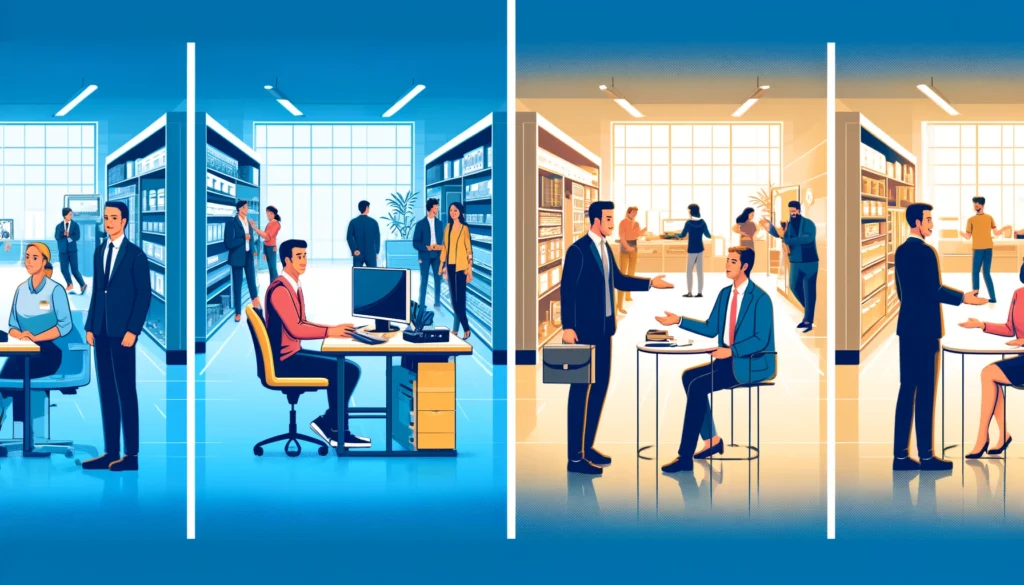Leveraging Technology for Employee Engagement: Innovative Solutions to Streamline HR Processes

In today’s fast-paced, technology-driven world, employee engagement is more critical than ever. Engaged employees are not only more productive and committed, but they also contribute significantly to the overall success and culture of an organization. However, achieving high levels of engagement can be challenging, especially in diverse and geographically dispersed workforces. Fortunately, innovative technology solutions are stepping up to the plate, offering new ways to connect, motivate, and retain talent.
1. Gamification: Turning Work into Play
Gamification uses game design elements in non-game contexts to make tasks more engaging and enjoyable. By incorporating points, badges, leaderboards, and rewards into everyday activities, companies can motivate employees to achieve their goals and foster healthy competition. Platforms like Bunchball and Badgeville provide gamification solutions that can be tailored to various aspects of work, from training and development to sales and customer service.
2. Employee Recognition Platforms
Recognizing and rewarding employees for their hard work is crucial for maintaining morale and motivation. Traditional recognition programs can be cumbersome and inconsistent, but technology simplifies and enhances these efforts. Platforms like Bonusly, Kudos, and Achievers allow peers and managers to give real-time recognition, making it easy to celebrate successes and milestones. These platforms often integrate with existing communication tools, ensuring recognition is timely and visible.
3. AI-Powered Feedback Tools
Regular feedback is essential for employee development and satisfaction. However, collecting and analyzing feedback can be time-consuming. AI-powered tools like Culture Amp and TINYpulse automate this process by conducting pulse surveys, analyzing sentiment, and providing actionable insights. These tools help HR professionals identify trends, address issues promptly, and foster a culture of continuous improvement.
4. Virtual Reality (VR) Training
Training and development are critical components of employee engagement, and VR is revolutionizing how companies deliver these programs. VR offers immersive, interactive training experiences that are more engaging and effective than traditional methods. Platforms like Strivr and Virti provide VR training solutions for various industries, helping employees acquire new skills in a realistic, risk-free environment.
5. Collaboration and Communication Tools
Effective communication and collaboration are the backbone of an engaged workforce. Tools like Slack, Microsoft Teams, and Zoom have become indispensable, especially with the rise of remote work. These platforms facilitate seamless communication, file sharing, and project management, ensuring teams stay connected and productive. Advanced features such as video conferencing, chatbots, and integrations with other software enhance their utility and user experience.
6. Wellness Apps and Platforms
Employee well-being is closely linked to engagement. Wellness apps and platforms like Headspace, Calm, and Virgin Pulse provide resources for physical and mental health, including meditation, fitness tracking, and stress management. These tools encourage employees to take care of their well-being, resulting in a happier, healthier, and more engaged workforce.
7. Employee Engagement Analytics
Data-driven insights are transforming how companies approach employee engagement. Analytics platforms like Peakon and Glint gather and analyze data from various sources, offering a comprehensive view of employee sentiment and engagement levels. These insights help HR professionals develop targeted strategies to improve engagement, retention, and overall employee satisfaction.
8. Learning Management Systems (LMS)
Continuous learning and development are essential for employee growth and engagement. LMS platforms like Coursera for Business, LinkedIn Learning, and Udemy for Business offer a vast array of courses and training materials. These platforms allow employees to learn at their own pace, enhancing their skills and career prospects while staying engaged with their work.
9. Onboarding Software
A smooth onboarding process sets the tone for an employee’s experience with a company. Onboarding software like BambooHR, Workday, and Sapling streamlines administrative tasks and provides new hires with the information and resources they need to succeed from day one. Interactive onboarding portals, automated workflows, and personalized welcome messages help new employees feel valued and integrated into the company culture.
10. HR Chatbots
HR chatbots are transforming how employees interact with HR departments. Chatbots like Xor, Mya, and Espressive provide instant, 24/7 support for common HR queries, from benefits information to policy clarification. By automating routine tasks, chatbots free up HR professionals to focus on strategic initiatives, while providing employees with quick and accurate answers.
Conclusion
Leveraging technology for employee engagement is not just a trend; it’s a necessity in today’s competitive business landscape. By adopting innovative tech solutions, organizations can enhance engagement, streamline HR processes, and create a more dynamic, motivated, and productive workforce. As technology continues to evolve, the possibilities for improving employee engagement are limitless, promising a brighter and more connected future for all.






Responses